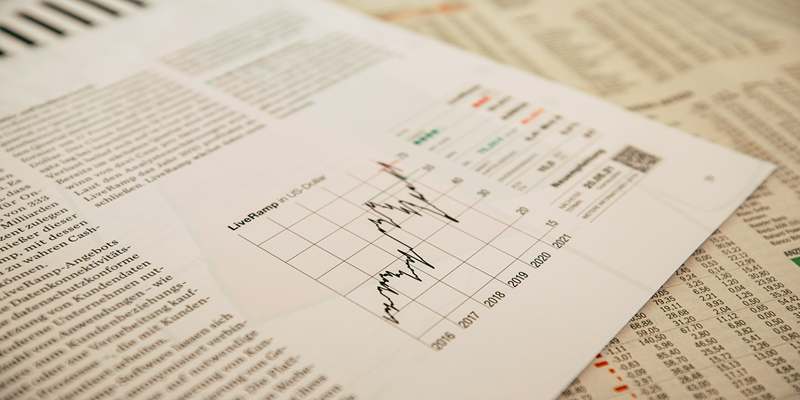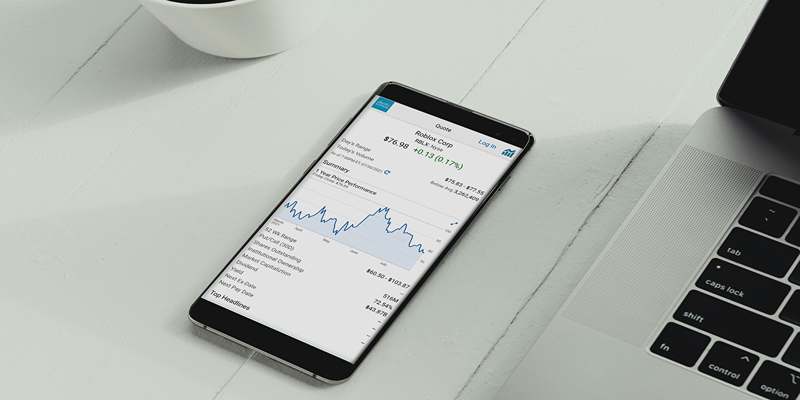How to select the best stocks for day trading
Day trading requires choosing the right stocks that are highly liquid, volatile, and can give good returns in the shortest time possible. Day trading of stocks does not like long-term stock investing because it needs to have a way in which the stocks to trade in are chosen based on technical and fundamental analyses. In the case of trading, traders have to track down the stocks that demonstrate high fluctuations in their price, have enough trading volume, and are sensitive to events occurring in the market. Also, the knowledge of trading strategy increases one’s chances of determining the right entry and exit points. This paper aims to determine the best approach to picking stocks for day trading in terms of the technical, fundamental, and sentiment analysis. Achieving these goals helps the traders to make fast decisions while at the same time reducing the risks involved.

Key Factors for Selecting the Best Day Trading Stocks
Liquidity and Volatility in Stock Selection
Two key aspects that need to be considered when picking up stocks for day trading include liquidity and volatility. This means that the trader does not suffer from slippage when opening or closing positions since the liquidity is high. It is evident that stocks with narrow bid-ask spreads guarantee better execution and lower trading costs. While on the other hand, volatility gives the appropriate price movements that enable the making of profit. Low volatility may not give much movement in the stocks, which could lead to little returns. In choosing the day trading stocks, the most common approach of the traders is to identify those stocks with considerable average daily volume and those that tend to increase in volatility due to earnings release, news events, or general market movements.
Understanding Market Trends and News Impact
The market trends and news are the most important factors in choosing stocks for day trading. Most stocks that are classified under a particular market category behave in a rather predictable manner, especially in response to market forces. Also, any earnings, mergers, or economic events are likely to cause high volatility in prices, thus making it possible for the short-term traders to benefit. Pre-market trading allows the traders to observe the stocks that may have a significant difference in price and trading volume. Some of the ways traders use financial news to trade are to read through financial newspapers and magazines to get updates on economic calendars to know which stock will have high volatility during the trading period.
Identifying High-Volume Stocks for Day Trading
These are important to the day trader because the stocks with high trading volume have well-defined entry and exit points. Low trading volumes tend to be volatile, and therefore the execution of trades may not be so easy. One of them is the relative volume indicator, where current trading volume is compared to the average trading volume of the particular stock. Greater trading volume is an excellent sign of active market participation, and it means higher chances of long-term trends in prices. Also, the stocks with high institutional holdings exhibit higher liquidity, and the chances of sharp price fluctuations are minimized. Volume analysis assists the traders in confirming the strength of the price movement and avoiding stocks with weak market action.
Technical Analysis Strategies for Stock Selection
Using Moving Averages for Trend Identification
In day trading stocks, moving averages are applied in order to define trends and possible buying and selling points. Moving averages also provide support and resistance levels to the traders for taking their entry and exit positions. The integration of moving averages with other indicators further improves the trade’s precision and reduces risks.
Support and Resistance Levels in Trading Strategy
The levels of support and resistance are important in day trading in stocks since they show price levels that have significant demand or supply pressure. A support is a level at which buying pressure cannot allow price to go any lower, while the resistance is the upper limit at which selling pressure cannot allow price to go any higher. These levels help the traders to identify the right time to enter or exit a particular trade. An above resistance level can mean that the price has the potential to start moving upwards, while a breakdown of the support level can mean that the price is set to go down.

Momentum Indicators for Day Trading Stocks
The Relative Strength Index (RSI) helps determine when to retreat to generate profits from overbought or oversold stocks. The MACD is used to identify changing direction in the trend through the crossover of the signal line. Moreover, the VWAP is applicable to assess the market sentiment and to define whether institutions are buying or selling a particular stock.
Fundamental Analysis for Short-Term Trading Gains
Earnings reports are useful for assessing a company’s financial health and can be quite useful when it comes to deciding on particular stocks to trade in the day trading session. Earnings in the market can be seen to be a momentum for an increase in prices in stocks, while a decline in the earnings is likely to cause a decline in the prices of the stocks. Earnings per share, or EPS, revenue, and the level of guidance are used by traders in the evaluation of trading opportunities. The stocks that go higher than the expectations and see higher trading volumes tend to sustain the move for the rest of the session. Also, there is pre-earnings announcement drift, which is the price change in the stock before the actual release of the actual earnings statement and is useful in the determination of future volatility.
Conclusion
Choosing the right day trading stocks should be based on the technical analysis, fundamentals, and market sentiment analysis. High-volume, liquid, and volatile stocks must be given priority, as this would allow the traders to get better execution and profit. By using moving averages, momentum indicators, and support/resistance levels, it is easier to determine when to enter and exit the market. Also, reviewing the earnings, sector, and market information improves the decision-making process. Day trading stocks requires a set of skills, rules, and procedures for stock selection that can be implemented and improved day by day. The following are some of the techniques that can be used in trading to enhance the success and profitability of the trade.












